🎀 Bow Tie Tuesday is here. When campus space truly drives the mission, everything works better. In this week’s conversation, Chris Morett, PhD—strategic planner, founder of Co|Here, and host of the EdUp Campus Planning podcast—joins Aaron Benz (CampusIQ) to dig into how data, shared definitions, and design come together across a building’s full lifecycle. Chris puts the challenge on the table: are we investing enough in the people and technology that make facilities effective? He tackles shared offices (even for faculty), classroom planning, and how to prove a design actually did what it was meant to do—so square footage isn’t just maintained, it’s measured and improved.
Recorded at a conference in Tempe, AZ—where space utilization, design, and outcomes were front and center. (October 2025)
What you’ll learn
- How to reconnect space to institutional mission—not just at opening, but throughout the building lifecycle.
- Why underinvesting in people + technology undercuts facilities ROI (and how data closes the loop).
- The case for shared offices (even for faculty)—and how to move it from “third rail” to “can’t fail.”
- Smarter classroom planning that aligns the core schedule with actual room stock and evolving modalities.
- Why measuring whether design achieved its intended outcomes matters more than pretty renderings.
Chapters
0:00 Intro & context (Tempe, AZ)
1:00 Does your space drive the mission? (data + shared concepts)
2:00 Design that proves outcomes (not just aesthetics)
3:00 Underinvesting in people & tech; why ROI is there
4:00 Shared offices—even for faculty: from “third rail” to “can’t fail”
5:00 Classroom planning: mapping schedules to stock; experiential & online learning
6:00 Agility over maintenance; measuring success over time
7:00 Rethinking academic structures (credits, 3-year paths) & why conversation matters
7:40 Wrap & sign-off (the “invisible bow tie”)
Guests
- Chris Morett, PhD — Founder, Co|Here; Host, EdUp Campus Planning (guest)
- Aaron Benz — CampusIQ (host)
- “There is gross underinvestment in the people and technology… and the ROI is just there.”
- “Shared office space can be great… the dollar cost of building new is not tenable.”
- “We need to ensure design actually achieved what we set out to do.”
Links & next steps
-
- Learn more about CampusIQ www.campusiq.com
- Learn more about Co|Here / EdUp Campus Planning https://www.edupexperience.com/p/camp...
- Conference reference: Tradeline, Inc.—“rules are changing fast”
 / urn:li:activity:7386435836696936448
/ urn:li:activity:7386435836696936448 - If this episode helped, like, subscribe, and share with someone building the future of campus spaces.
Full Transcript
Aaron: [00:00:00] Welcome to another Bow Tie Tuesday. We're here in Tempe, Arizona. It's my pleasure to be here with Chris Morett. Chris is the founder of Co|Here, as well as the EdUp Campus Planning podcast that I've listened to several of the episodes and are, and are pretty good. Excellent. Welcome to Bow Tie Tuesday.
Chris Morett: Here I am, and, you know, uh, sorry for the lack of a, I've got a, my special, very expensive, clear bow tie. That's a imperceptible to the human eye.
Aaron: It really is amazing.
Chris Morett: Next gen technology.
Aaron: Well, awesome, man. You know, last night I think you gave one of the, the keynotes to the event and just being here, some of the ideas that are getting floated around.
What, what's sticking out to you?
Chris Morett: You know, I think first of all, it's just great to talk. It's such a quick moving world. There really aren't that many people, if you think about it, who are front and center managing facilities, managing spaces, and just to get to talk to a bunch of people is great.
So what I talked about was, uh, as you saw, was the concept of, does, does your space, do your facilities drive the mission of your university? Yeah. And my argument was oftentimes there's this detachment of space from the mission. Yeah. There are a bunch of things pushing [00:01:00] towards that. So I really just tried to talk about,
whether it's through data through shared concepts how we can move towards making sure not just at the beginning, but through the operation of the building through its life cycle, that, that it really drives the mission in a way that makes it worth the investment.
Aaron: Yeah, I think, at least for me, you know, space utilization or just other measures are definitely really present at the conference.
Yeah, right. And I think this is kind of the exciting new world we live in, which is, hey, there's, there's not just measurement and I, but I think your point was how do we take that also back to design?
Chris Morett: Yeah.
Aaron: And I think so much about. At least a lot of the kind of the architectural design type of panels or talks in the past, right?
Is, you know, presenting something beautiful, but then it also doesn't connect it to did it actually achieve what we thought it was going to achieve. Yeah. And so I'm really interested in, you know, how do we, how do we combine those worlds, right? Where it's not just design and we're designing hopefully beautiful things.
Yeah. But how are we making sure that we're actually achieving, what we [00:02:00] sought to achieve.
Chris Morett: Yeah, no, and of course, you know, design, you know, beauty has its role. Design can help make a space welcoming, intuitive, right. But, but the question is like, you suggest that doesn't happen by accident. Right? It's gotta be sort of rooted in something, including data, including this shared concepts. What do we mean by wellness? Right? What do we mean exactly, uh, by inclusion? And so, so I think it's important to do that. I think the data stuff that you're working on is really important. I always say, and we were talking about this recently, that given how expensive it is to build a building to operate a campus.
There is gross underinvestment in the people and technology. Yeah, I would argue. And the ROI is just there and yet a lot of facilities, folks, granted budgets are getting crunched in in new and awful ways, but there still is that ROI. So, so anyway, so I think that with the data, with those concepts yeah bring in design to some extent and then you can have this building that does, what it's supposed to do. But if we're not [00:03:00] gonna agree on what it's supposed to do, and to have our thoughts come from some data, not just impressions, then, then we're, we're kind of, uh, not gonna succeed. And the last thing I'll say is, and on a campus, a big campus, you and I could have, let's say we worked at the library, we might have an impression of what's happening in that building, right?
But if you're talking 15 buildings, 500 buildings. You cannot just use your impressions.
Aaron: Yeah. Well, so let, let me ask you this, right? With all these ideas floating, you're obviously in the space all the time, living, breathing it, you name it. Um, you know, when you think about a year from now, right, as you're consulting and helping other universities, what are, what's maybe the top one or two things that it's like, Hey, I, I know you've always done business like this.
Yeah. We need to lean in here.
Chris Morett: Yeah.
Aaron: What, what, what is that for you?
Chris Morett: So, I think one topic that's been getting conversation, but it still is sticky, is shared office space, including for faculty. And I've got this upcoming workshop and I think the title provisionally is gonna be [00:04:00] from "Third Rail to Can't Fail" because, uh I get that faculty want their own office. In some ca in some cases maybe it makes sense, but in reality it's often just really wasted space. Yeah. And nowadays with, with data, with shared understandings of rather, rather new understandings of like space. We're just in a new era and there are new incentives.
And shared office space can be great. Yeah. I think that that's an area, but a lot of schools are kind of gun shy because how do you attack that? How do you, again, it's still a little third rail.
Aaron: Right?
Chris Morett: But if you look at the, the dollar benefit, especially if you're building a new building, right?
It's one thing to not condense your existing office space. That itself is pretty egregious. Mm-hmm. But to build new, there's just a dollar cost there that's not tenable right now. Yeah. So that's one. And you know, there's a bunch of others, but for me, like one of my specialties is classroom planning.
I used to be the director of scheduling and space management at Rutgers, so, Right. Pretty intimate understanding of like the core schedule and how that might map onto the classroom stock. And also [00:05:00] as we have more like experiential learning.
Aaron: Yeah.
Chris Morett: Online learning where the LMS and VR, let's say. It's like, I think increasingly we need to compare our investments in physical space.
To investments in other realms. Yeah. Which theoretically CFOs and budget directors do, but I think we're about to enter a new phase of that.
Aaron: Yeah. It's really, I, I think there's so many, um, I dunno if it's unwritten rules or but there are just natural barriers for like how we've even maybe thought about like space, but even in like the systems that we're using, like for example, right there, there's no such thing as a half credit course.
Right. That would like break everybody's system. There's plenty of like, like you can actually make all these half credit courses and then you might think about space totally differently. Yeah. Right. And I mean, just the world has changed from active design, uh, learning classrooms to, to hybrid, to, to you name it.
And, um, I think, I think we're at a really interesting part where it's because the [00:06:00] choices, let's say have multiplied.
Chris Morett: Yeah.
Aaron: How do we get back to the function of what are we really trying to do within any of these spaces? And then to me, of course, how, how do we measure if that was successful or not? Right?
Right, right. But it's like, how do we remain agile over time? Instead of, we built it and then we are just maintaining
Chris Morett: it.. Yeah. No, and, and we built it in the, in the fifties and, and in the, in the 17th century. Et cetera. And so things like the semester academic credits, they have a function.
Right. They weren't, they're not in the 10 Commandments. Yeah. Or whatever foundational religious document somebody might care about. That being said, I mean. I will say students, let's say moving through a course together in a semester has its benefits studying together For sure. And there are efficiencies and bureaucracy has its very important role.
But yeah, but I think it's a, it is an urgent, not just a fair, but an urgent question. Do these structures help us? Can we tweak them? Even a little bit of tweaking? Right. Um, I think we have to ask those questions. And you see now like the emergence of three year degrees and. [00:07:00] To me, if that's somebody looking to undercut higher ed, I don't like that.
But if there's somebody saying, no, let's really ask the question. 90 credits versus one 120 or maybe 90 plus some other things, um, whether it's prior learning. Yeah. Why would we not actively explore that? Yeah. And I think that's what we have to do and that's why these conferences are great. Bow Tie Tuesdays are great because, uh, we need to talk and talk and talk for sure.
And not get mired in the daily like operations.
Aaron: Yeah. Yeah. More creativity. I'm a fan. Oh,
Chris Morett: You should, you, you should, you should feel, uh, feel like you, you need to pump out some crazy ideas, you know, every day. And
Aaron: some might be worth it. I do. I, I, I've got a lot. I do have a lot.
Sometimes I try to keep 'em under wraps before I expose 'em too much. But, uh, think 'em through a little bit more. But you're a fun guy to do that with. Awesome. This has been another Bow Tie Tuesday, Chris. Thank you so much for, for joining. Alright. Appreciate your invisible Bow Tie. It looks great. Yeah. And we'll see you next week.
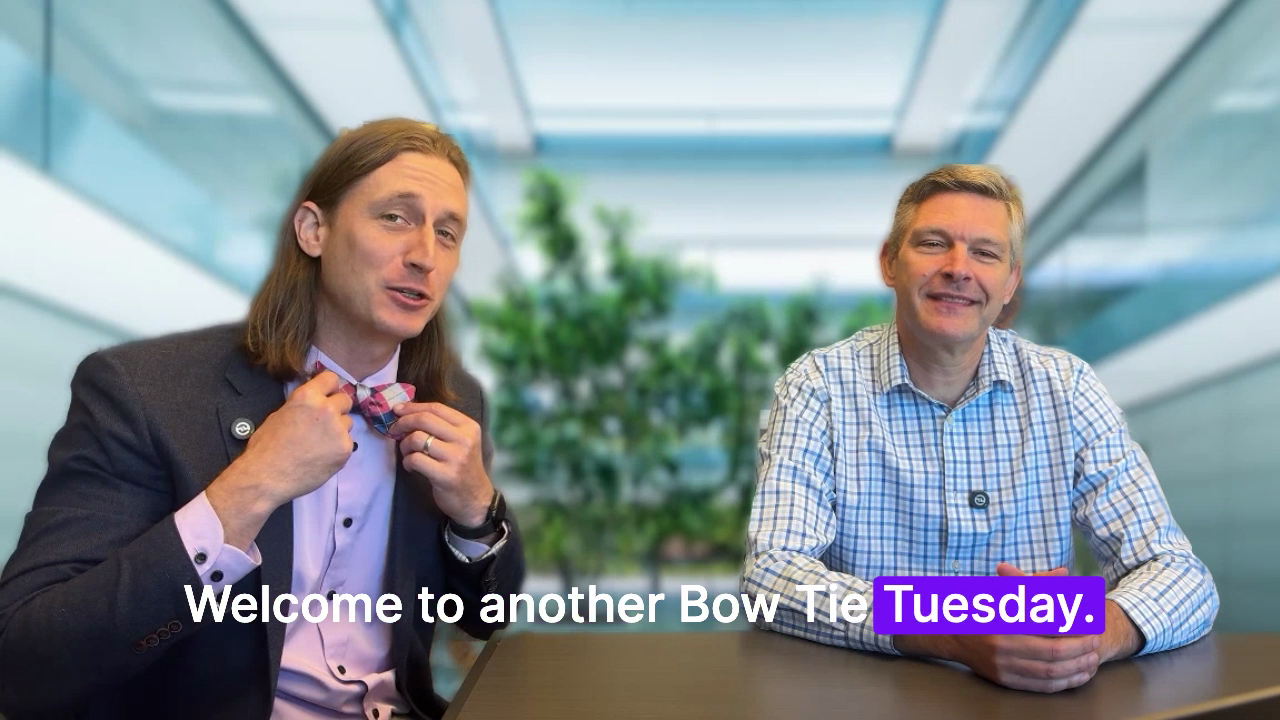
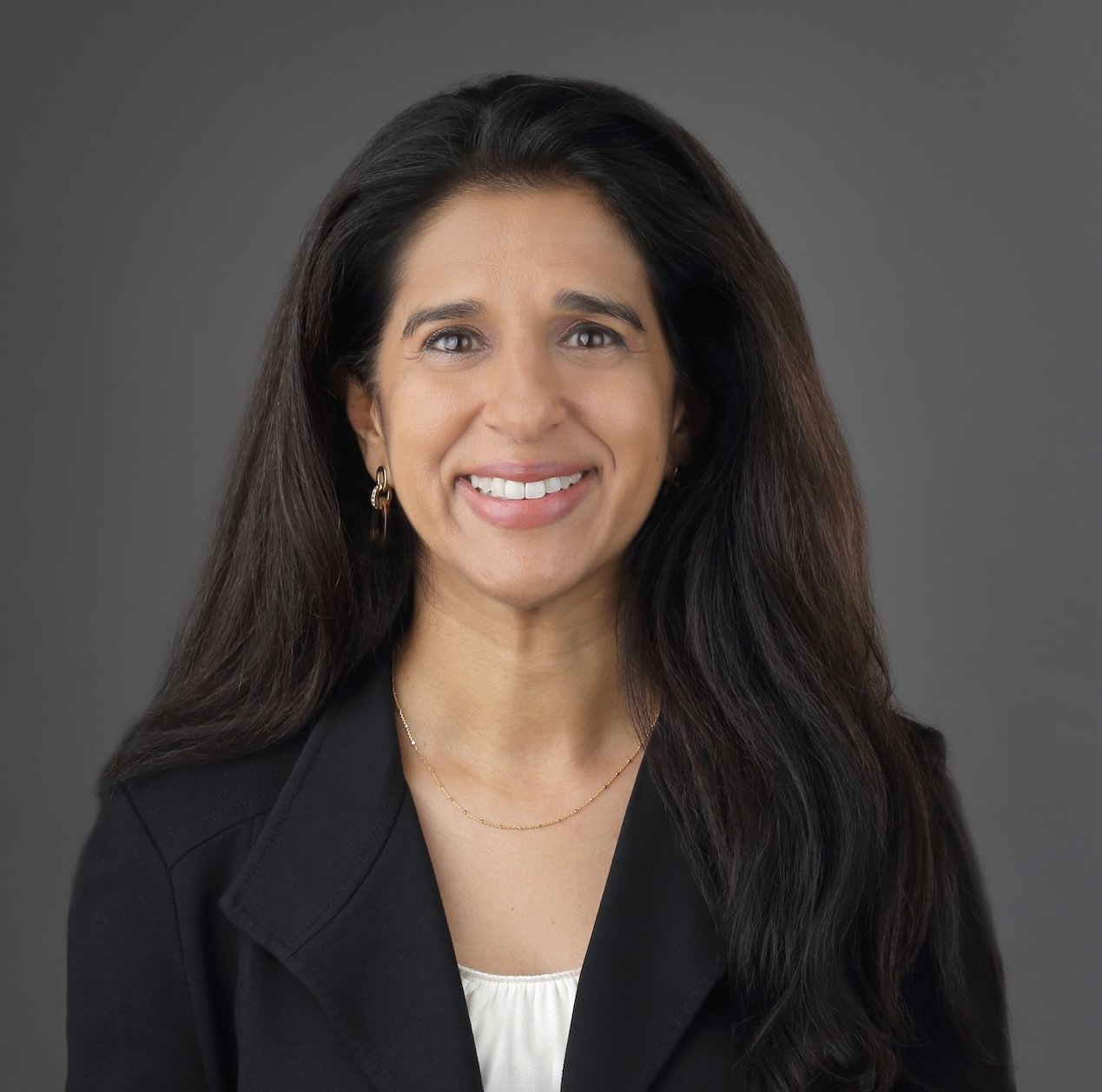
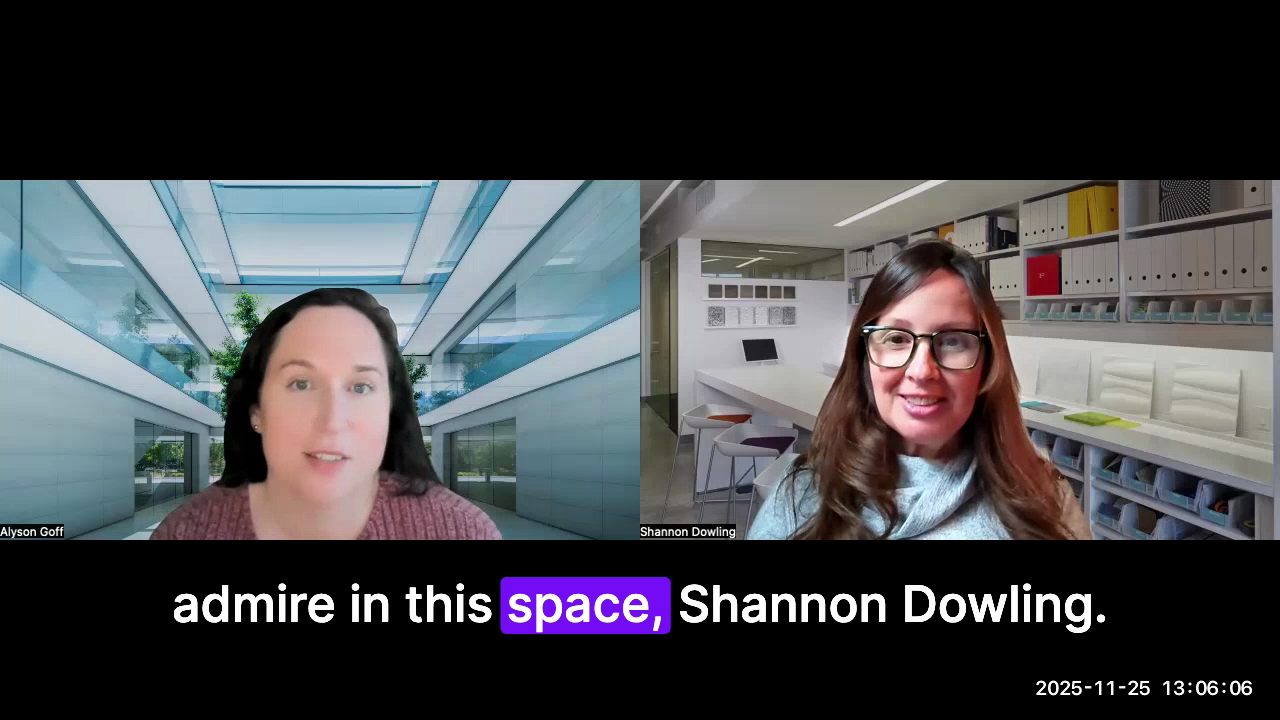
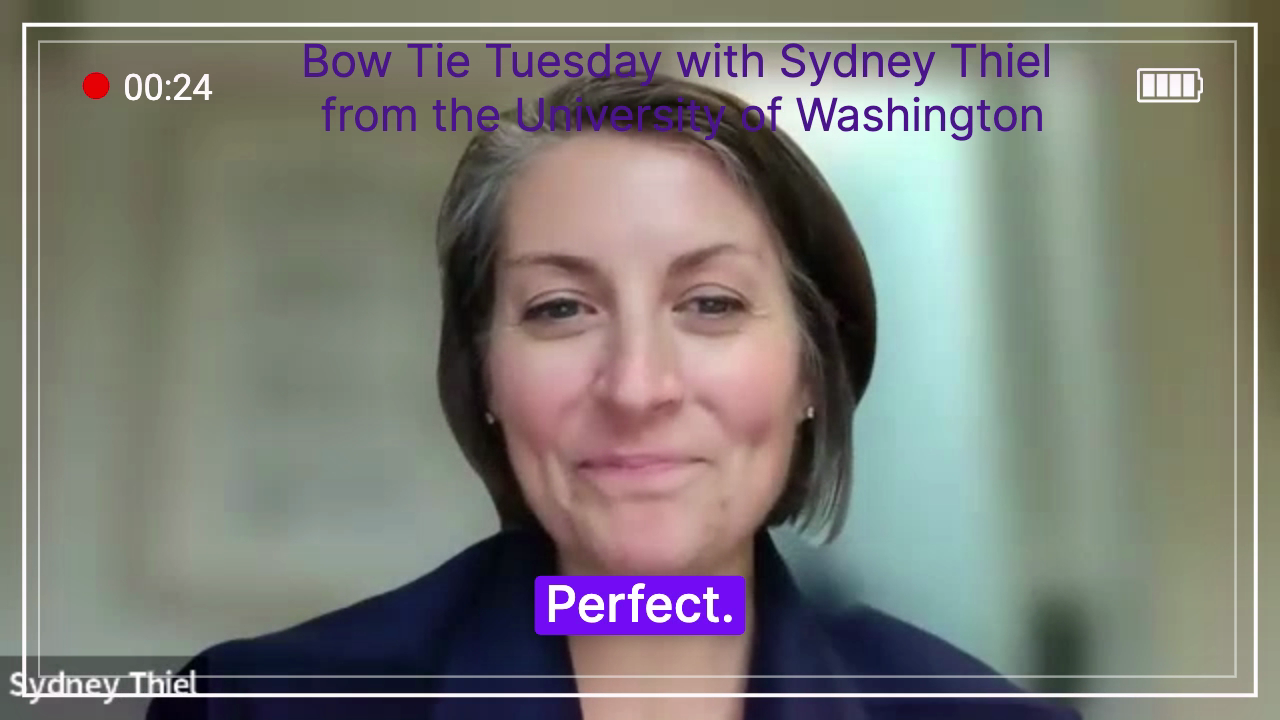
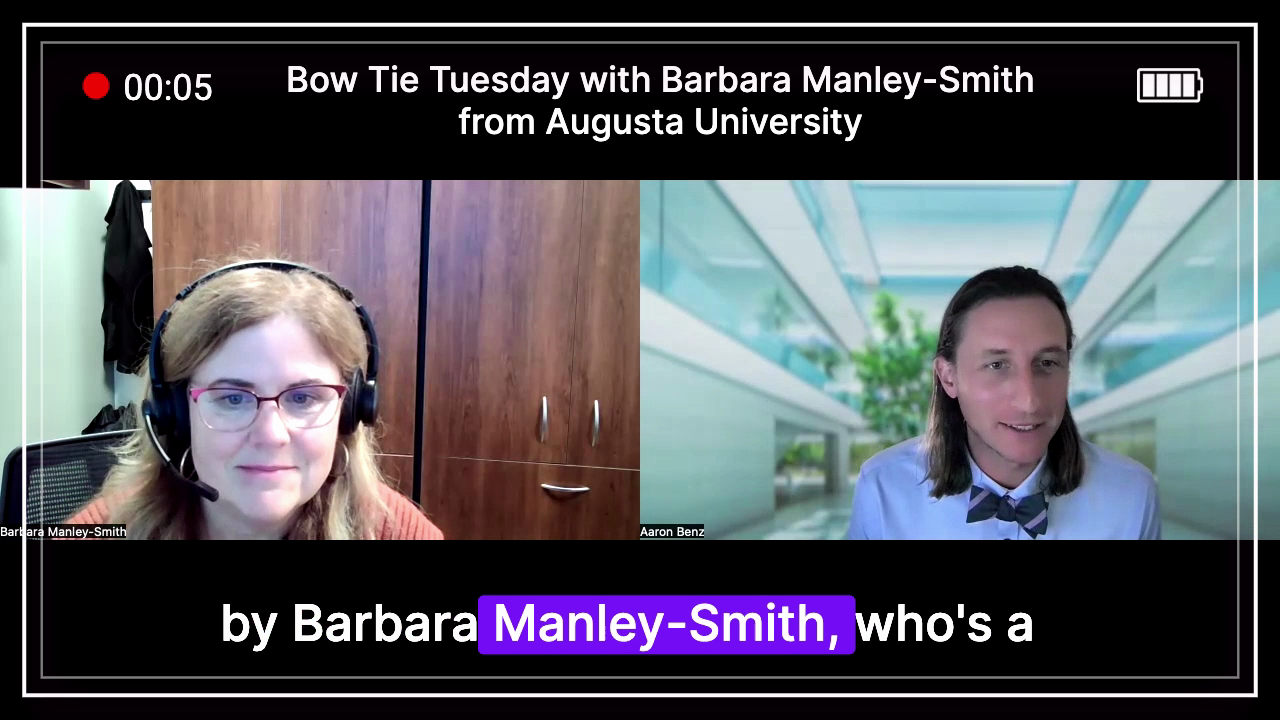
Comments (0)
Leave a Comment